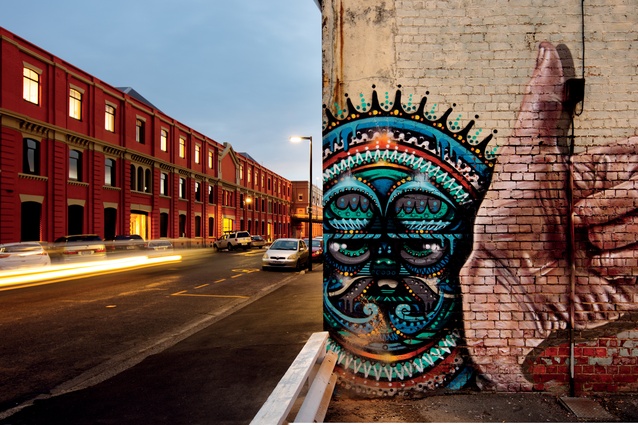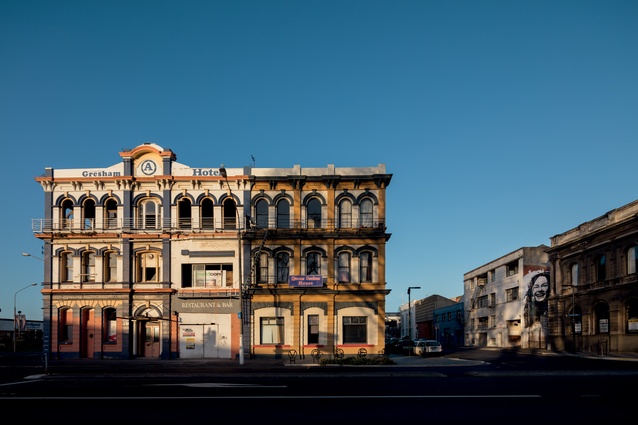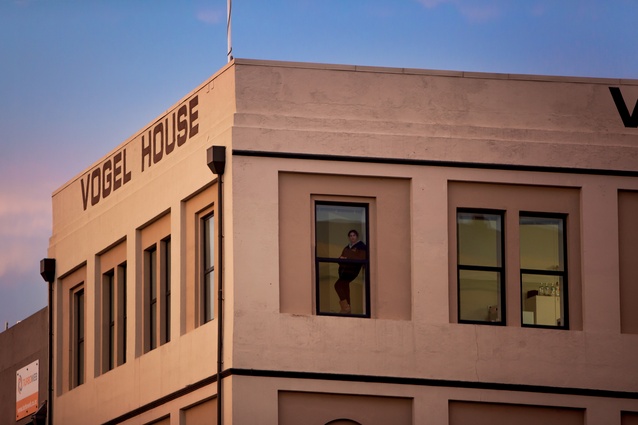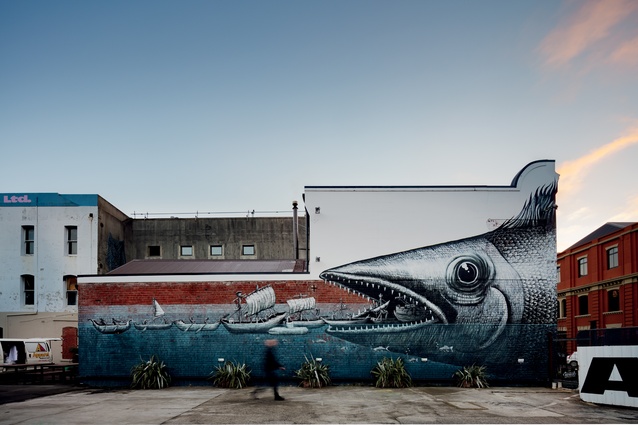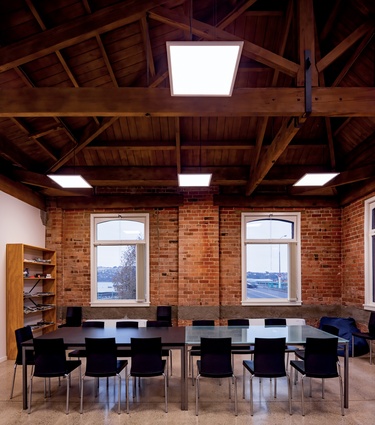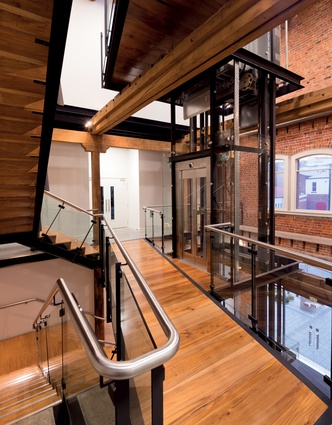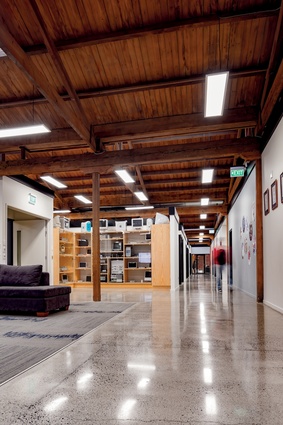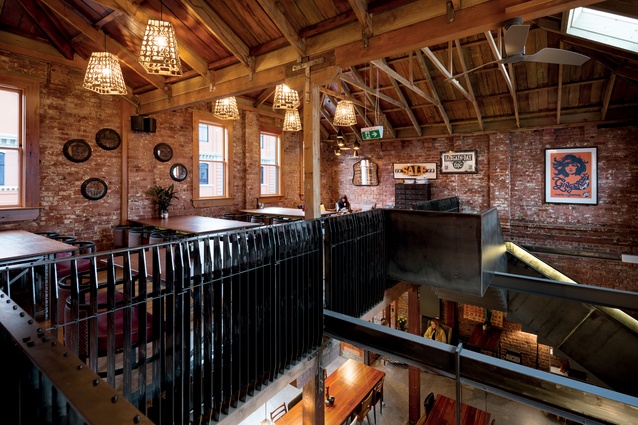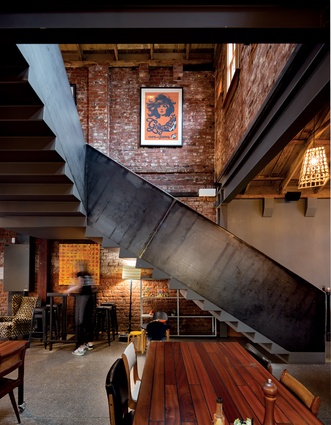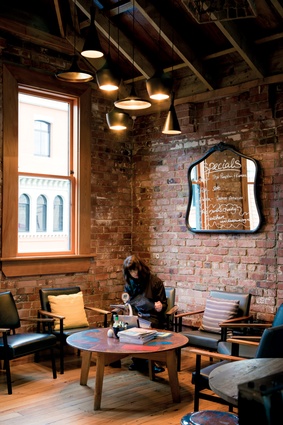Vogel’s Revival
Dunedin City Council has big plans. Two years ago, the revamped Dunedin Centre opened, combining three historic civic buildings into a world-class convention centre. The Octagon and Queens Gardens are to be upgraded, with an arts precinct to link the two areas, and green spaces are appearing throughout. Top of the list on the council’s Central City Plan, and already proving to be a success story, is the revitalisation of the warehouse precinct.
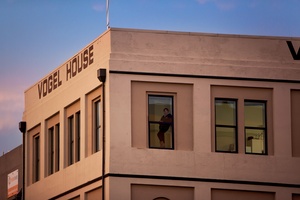
The precinct was once a bustling area of wealth and industry; its buildings date back to the 1880s, when they housed some of New Zealand’s – and particularly Dunedin’s – largest companies. However, the area was a ghost town when Dunedin City Council’s Urban Design Team Leader Glen Hazelton was approached in 2010 by building owners, who were frustrated by the decline in the area and the restricted zoning in place at the time.
“We thought: here is an area where people are already wanting to see change. And it is an area of huge heritage significance, close to the CBD. We were at risk of losing these buildings and effectively losing that history,” says Hazelton.
Steve Macknight was one of the building owners who saw potential in the area. When he bought the National Mortgage Agency building on Water Street in 2010, it was in “a shocking state”. “The only tenants were pigeons and the floors were rotten in places. We were looking at preparing it for commercial use, so, firstly, we cleared out all the junk inside so we could see what we were dealing with, then we designed as we went, keeping it flexible for the area required by tenants,” says Macknight.
Macknight’s crew removed the lining from the existing 1950s lift and put in a new fire-rated staircase. On the most part, walls, ceilings and floors were stripped back to the original structural fabric. A wine shop took up tenancy on the ground floor, offices on the first floor and above, the top floor currently is waiting for tenants. There are plans for the basement to be made into private wine cellars. Macknight also owns the Gresham Hotel Building, which is being converted to apartments.
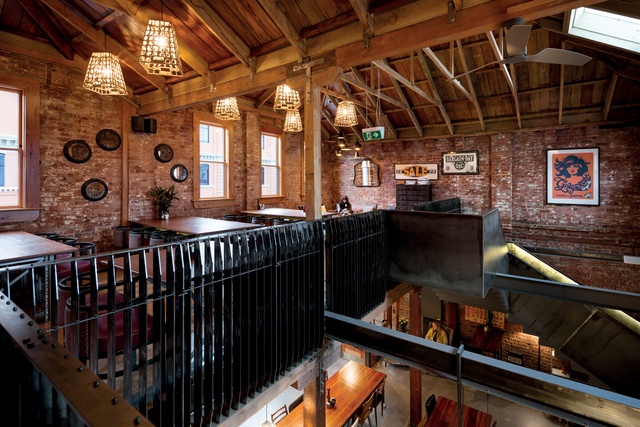
And the people are coming. The numbers at the annual Vogel Street Party this year were double those of the inaugural event last year. Three days after the party and Riah McLean, owner of the Vogel St Kitchen – currently the only café in the precinct – is still recovering. “There were at least ten thousand people and we were the only ones selling drinks!” she says.
On the search for premises in which to open a café, McLean was referred to building owner and resident of the area, Lawrie Forbes, who owns 76 Vogel Street. She was immediately taken by the area. “I had this sense that it was going to have a revival. I loved the building; it was derelict but I walked in and thought, this would be an amazing café. But it was a risk in terms of location so I wanted it to be a destination café.”
Sandblasters set to work, stripping back the interior to its bare bones, revealing the brickwork. Windows and joinery that needed to be replaced were recreated from recycled timber, and the building was strengthened with steel. A chunky steel staircase accesses a new mezzanine level. This modern element is juxtaposed against the raw look of the walls and the friendly jumble of vintage furniture, collected by McLean over the years.
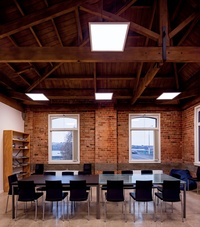
McLean is in the throes of designing another café across the road to cater for the business crowd: an espresso bar with a more corporate aesthetic. A law firm is also about to move in across the street, next door to software development firm AD Instruments at 77 Vogel Street. AD Instruments was one of the original companies to move into the area. It is a growing company and the open floor plans of 77 Vogel Street gave the company the future-proofing it was looking for.
“The council was keen to get us into the precinct as we are big enough to bring mass to the area. Basically, the more that happens around here, the better for all of us,” says Macknight. The 77 Vogel Street building won a Heritage Re-use Award in 2014. Formally a wool and grain store, it is the most visible of all the buildings in the precinct, as it stretches along a busy section of highway as well as taking up residence on the main street. A double-height lobby showcases the brickwork and timber trusses, with a staircase of steel and timber bridging the gap between old and new.
This mix of historical and modern is exactly what Hazelton’s team was looking for with the precinct’s revival. “When we started, there was strong support but many people were also ambivalent as to why we would want to do something there. We now see people less likely to accept a demolition and more interested in retaining the history of the city. This is a bright spot: a good use story. There has been a lot of doom and gloom after the Christchurch earthquake and with a challenging financial climate.”
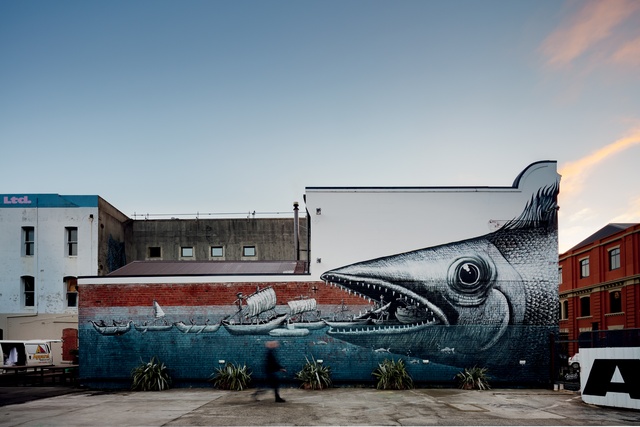
Public art adds to this brightness. Large-scale paintings by local and international artists adorn brick walls. Otago Polytechnic students designed and built sculptural outdoor seating, with song lyrics etched into them. This references the modern history of the area, which was once used for band practice by such quintessential Dunedin bands as The Chills.
“We didn’t want the area locked up like a museum, with imposing heritage buildings. The idea was for it to be a creative, vibrant place that could introduce a younger generation to the history and architecture,” says Hazelton.

